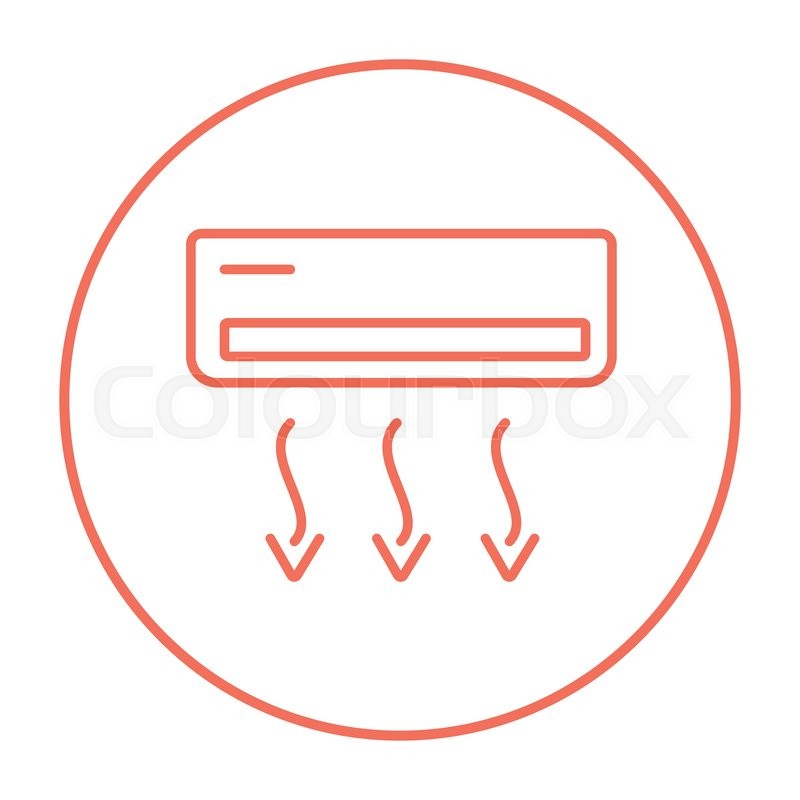The Ultimate Overview To Understanding Warm Pumps - How Do They Work?
The Ultimate Overview To Understanding Warm Pumps - How Do They Work?
Blog Article
Author-Blanton Montoya
The most effective heat pumps can save you considerable quantities of money on power bills. They can likewise help reduce greenhouse gas discharges, specifically if you utilize power instead of nonrenewable fuel sources like lp and heating oil or electric-resistance heaters.
Heatpump work quite the same as a/c unit do. This makes them a feasible choice to traditional electric home furnace.
Exactly how https://costofreplacingcentralair49912.techionblog.com/29352399/heat-pump-vs-furnace-which-is-the-better-home-heating-option-for-your-home Work
Heat pumps cool homes in the summertime and, with a little help from electricity or natural gas, they offer some of your home's home heating in the winter season. They're a great option for people who want to decrease their use of nonrenewable fuel sources yet aren't prepared to change their existing heater and cooling system.
They rely upon the physical reality that also in air that seems too chilly, there's still energy existing: warm air is always moving, and it wishes to relocate right into cooler, lower-pressure settings like your home.
Most ENERGY STAR accredited heatpump operate at close to their heating or cooling capability throughout a lot of the year, reducing on/off biking and conserving power. For the very best efficiency, concentrate on systems with a high SEER and HSPF ranking.
The Compressor
The heart of the heat pump is the compressor, which is likewise called an air compressor. This mechanical moving gadget utilizes prospective energy from power production to increase the pressure of a gas by reducing its volume. It is different from a pump in that it only works with gases and can not work with liquids, as pumps do.
Atmospheric air gets in the compressor with an inlet valve. It travels around vane-mounted arms with self-adjusting length that split the inside of the compressor, producing numerous cavities of varying dimension. The blades's spin forces these cavities to move in and out of phase with each other, compressing the air.
The compressor pulls in the low-temperature, high-pressure refrigerant vapor from the evaporator and presses it right into the hot, pressurized state of a gas. This procedure is duplicated as needed to supply heating or air conditioning as required. The compressor also includes a desuperheater coil that reuses the waste warmth and includes superheat to the cooling agent, altering it from its fluid to vapor state.
The Evaporator
The evaporator in heat pumps does the exact same thing as it carries out in fridges and a/c unit, changing liquid refrigerant into an aeriform vapor that eliminates warm from the area. mouse click the up coming webpage would not function without this essential piece of equipment.
This part of the system lies inside your home or building in an indoor air trainer, which can be either a ducted or ductless device. It has an evaporator coil and the compressor that presses the low-pressure vapor from the evaporator to high pressure gas.
Heat pumps absorb ambient heat from the air, and afterwards use electricity to transfer that warmth to a home or business in home heating mode. That makes them a lot extra energy effective than electric heaters or heating systems, and due to the fact that they're using clean electrical power from the grid (and not shedding gas), they additionally produce far fewer exhausts. That's why heatpump are such excellent environmental selections. (As well as a massive reason they're ending up being so prominent.).
The Thermostat.
Heat pumps are excellent options for homes in cool climates, and you can utilize them in combination with conventional duct-based systems or perhaps go ductless. They're a terrific alternative to nonrenewable fuel source heater or typical electric heaters, and they're much more lasting than oil, gas or nuclear HVAC tools.
Your thermostat is the most essential component of your heatpump system, and it functions extremely differently than a conventional thermostat. All mechanical thermostats (all non-electronic ones) work by using substances that change size with boosting temperature level, like coiled bimetallic strips or the increasing wax in a cars and truck radiator shutoff.
These strips consist of 2 different kinds of metal, and they're bolted together to create a bridge that finishes an electrical circuit attached to your heating and cooling system. As the strip obtains warmer, one side of the bridge expands faster than the various other, which causes it to bend and indicate that the heating system is needed. When the heatpump is in home heating mode, the reversing shutoff turns around the circulation of refrigerant, to make sure that the outdoors coil currently operates as an evaporator and the indoor cyndrical tube comes to be a condenser.